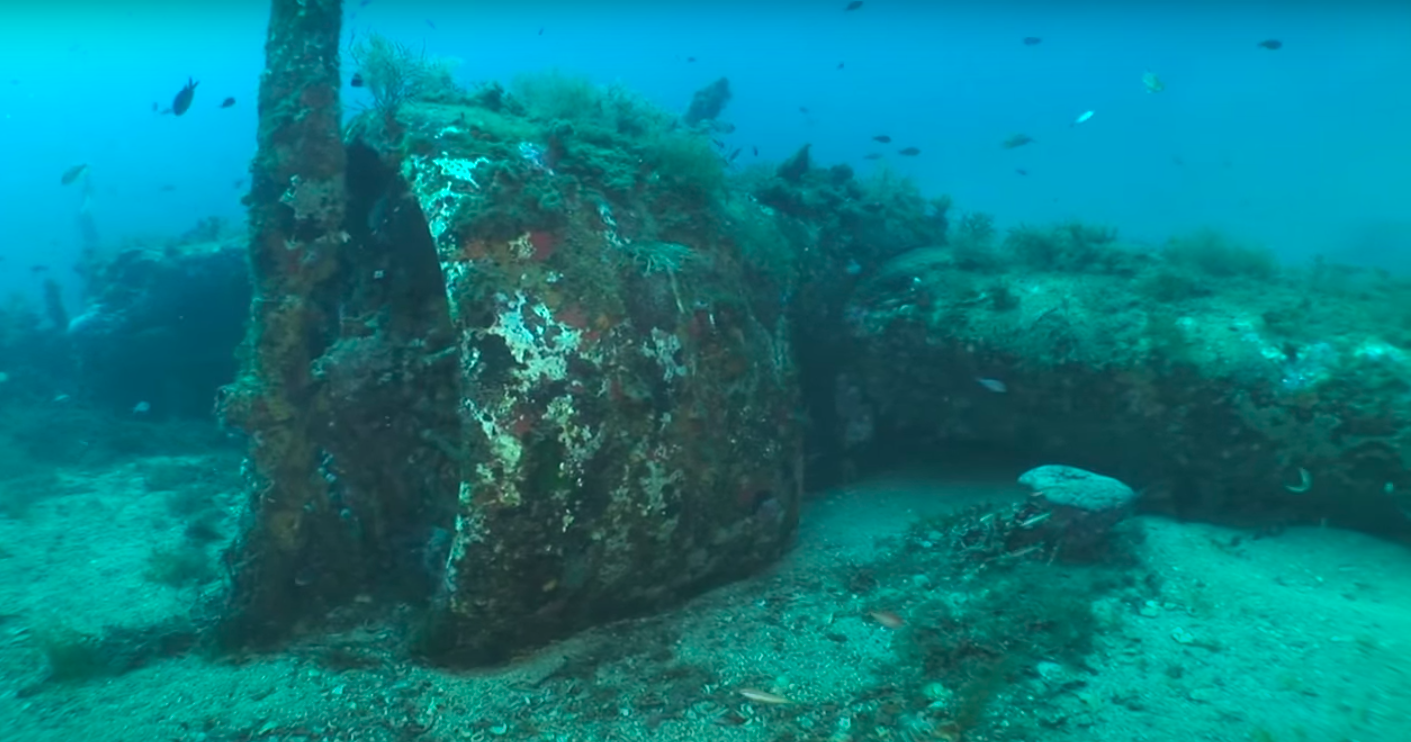The Junkers-52 of Isola delle Femmine lies placid at a depth of 46 meters. But its story begins on a beautiful sunny day in 1942. It continues in the late 1980s. Its legend still lives on, also thanks to Beniamino, the real owner.
A beautiful sunny day in the summer of 1942
Sferracavallo, a seaside village of Palermo. Capo Gallo and the islet of Isola delle Femmine set this little gem. It is a beautiful sunny afternoon in the summer of 1942. Europe is in the midst of an unprecedented conflict.
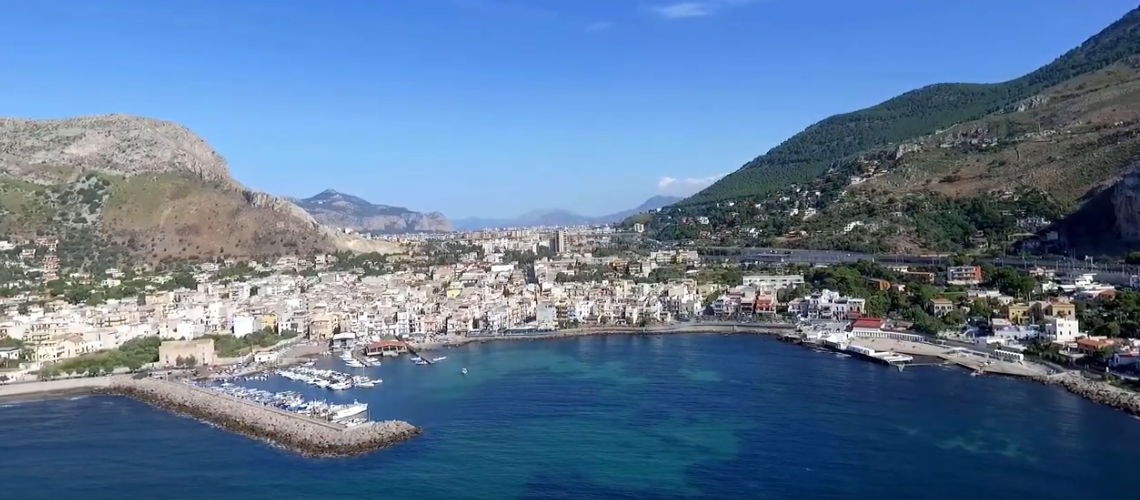
Michele and Carlo Reina are two kids who were playing on the terrace. At one point a hum of engines breaks the silence and monotony of that hot afternoon. A squadron of Junkers-52 appears from the sea, in perfect formation. They were headed for the old Boccadifalco airfield. The planes flew at a height of about three hundred meters above the heads of the two children.
Only one of them traveled at a lower height. It trudged, its engines emitting irregular noises, interrupted by pops and dangerous power failures. To see it better, Michele and Carlo went up to the roof. The plane turned suddenly and dropped further in altitude. It passed over their heads forcing them to flatten themselves against the tiles. They noted the lower body painted in yellow, the black crosses edged in white under the wings and the swastika on the tail rudder.
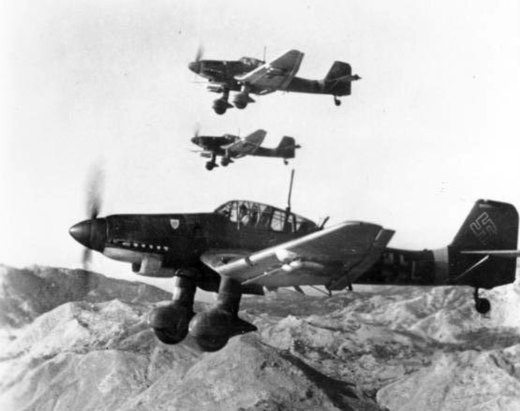
They stood up observing the strange trajectory of the plane. It was heading towards the sea. After having covered almost the entire bay of Sferracavallo, it went against the surface of the sea, raising a wall of water. The engine inexorably began to sink as the crewmen launched themselves from the tailgate.
From the small port of the town the fishermen got on board their rowing boats and reached the castaways. The two boys run madly towards the sea. The German soldiers had already been brought ashore, to safety. With clothes under their arms there were those who tried to dry banknotes in the sun and those who tried to save the contents of a briefcase brought to safety. They smoked cigarettes offered by their rescuers.
They were taken to Palermo and nothing more was heard of them. The Junkers-52 of Isola delle Femmine remained down there.
Aunt JU, the Junkers-52
Both the Germans and the allies called it nicely “Tante Ju“, or “Aunt Ju“. It was a three-engine aircraft produced since the 1930s by the German company Junkers.
First used for civilian purposes, it was hired by the Luftwaffe as a transporter plane and as a bomber.
It was an aircraft that did not excel in stylistic lines and aerodynamics. It was rather clumsy a bit edgy. But it was sturdy and reliable in flight. Almost three thousand units were produced during the Second World War.
Unfortunately, it was a slow and poorly armed aircraft compared to fighters. The German air force suffered many losses, especially in the Mediterranean.
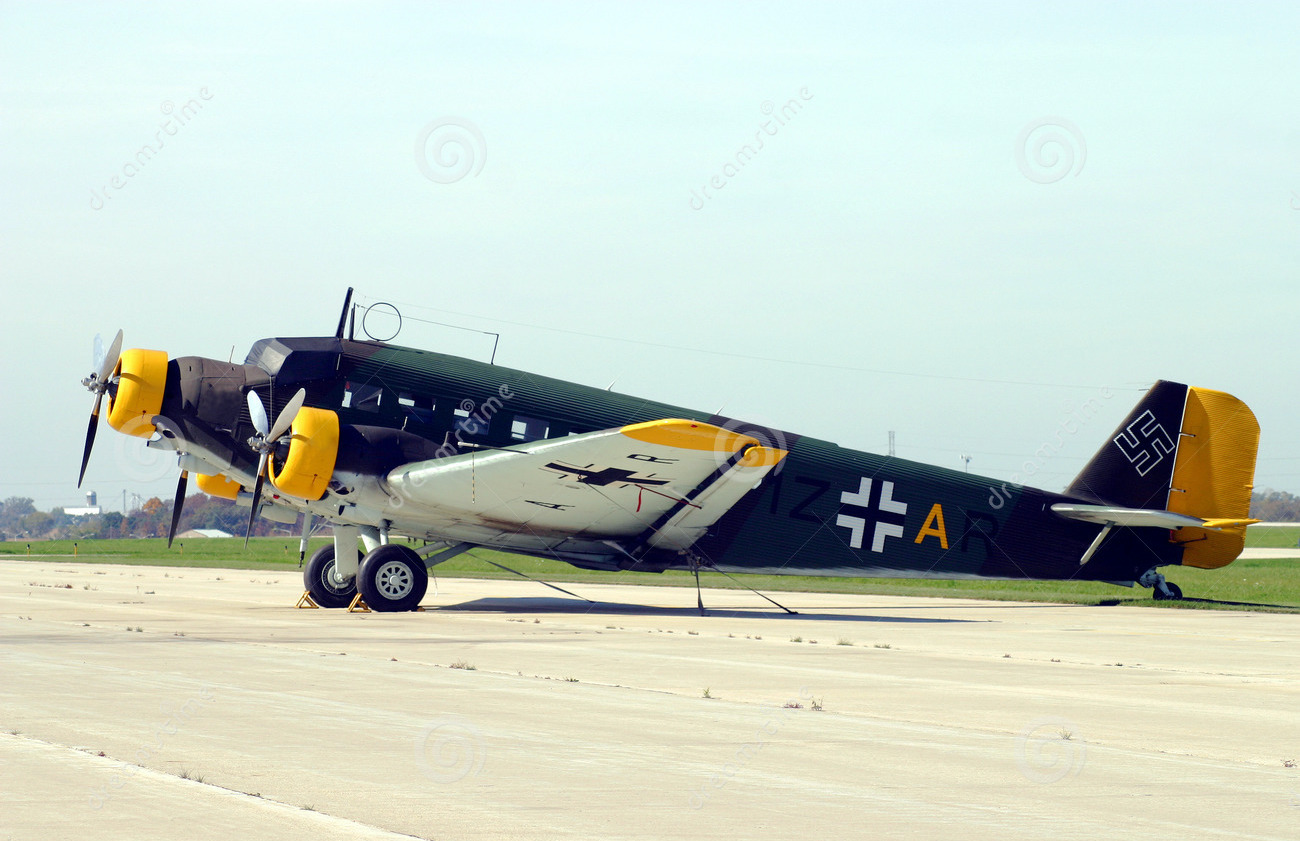
Late 1980s: the Tecnomare group
At the end of the 1980s, a group of Palermo divers, already reported for the recovery of some Hellenic-Roman anchors, identified the area of the wreck of a German plane of the Second World War. It is the wreck of the Junkers-52 of Isola delle Femmine. They were the guys from the Tecnomare Group.
They made use of the knowledge and suggestions of an experienced local fisherman who lead them with surgical precision to the point. They descended in the midst of clouds of anthias, to finally arrive in front of the plane. They were at a depth of 46 meters. They took some black and white photographs of the engines.
Then, suddenly, a large conger stood in front of them and looked at them directly in the eyes. It was two meters long and weighs about thirty kilos.
They found it every time they went back. It is the real owner of Isola delle Femmine’s Junkers-52. Beniamino baptized him.
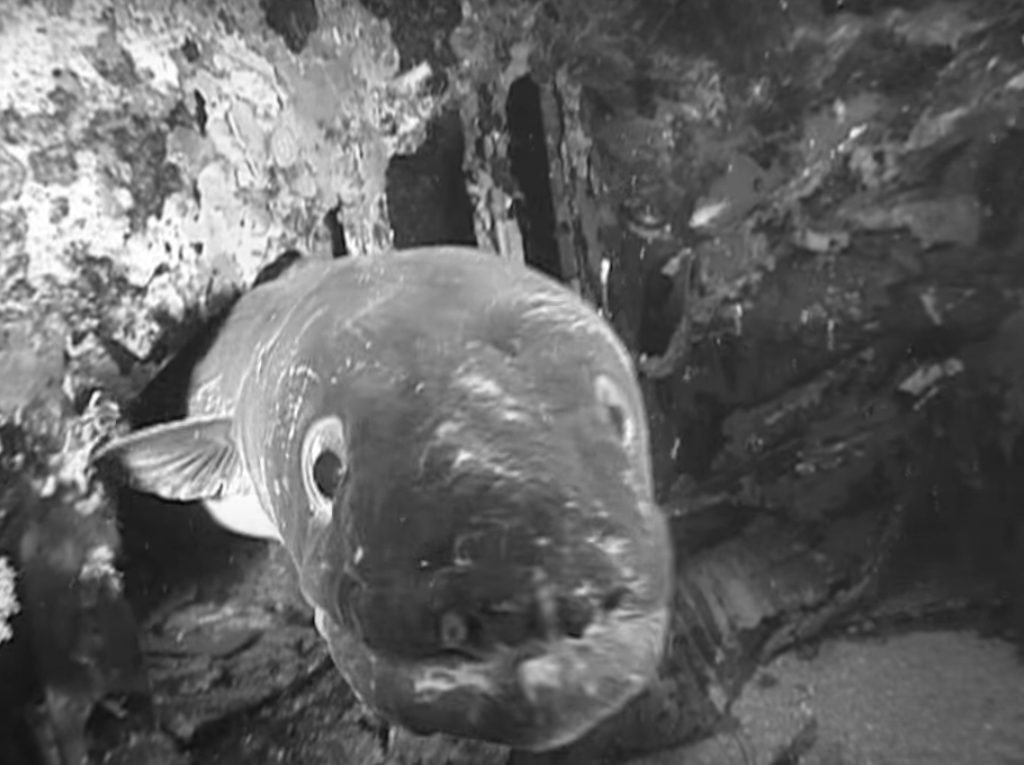
June 2021
The small seaside village of Isola delle Femmine is preparing for the summer season. The boys celebrate the end of the school year while the first heat begins to warm the skin of the first bathers.
On the main road there is a diving center called Diving Center Saracen. There is a bustle of divers and equipment. They are technical divers and are participating in a training camp, the XRCamp.
Today divers will dive on the Junkers-52 of Isola delle Femmine. The same Aunt Ju that Michele and Carlo Reina saw ditch 80 years ago. That wreck that some Palermo boys discovered in the late 1980s.
I started to descend following the anchor line. The visibility was sensational. I began to see the outline of the plane as soon as I passed the altitude of thirty meters deep. As I descended, its majesty captivated me.
It was upside down, belly up. Probably, during ditching, the weight of one of the engines unbalanced it. Rotating during the sinking.
The fuselage, the tail and, above all, the cockpit are therefore buried in the sand. Fortunately, the wings are completely intact. The two engines are also intact. Inside the left one, a small lobster peeped out. On the one on the right, the propeller appears completely unharmed. A sign that at the moment of ditching its engine must have stopped, otherwise it would be bent backwards. That was probably the failed engine.
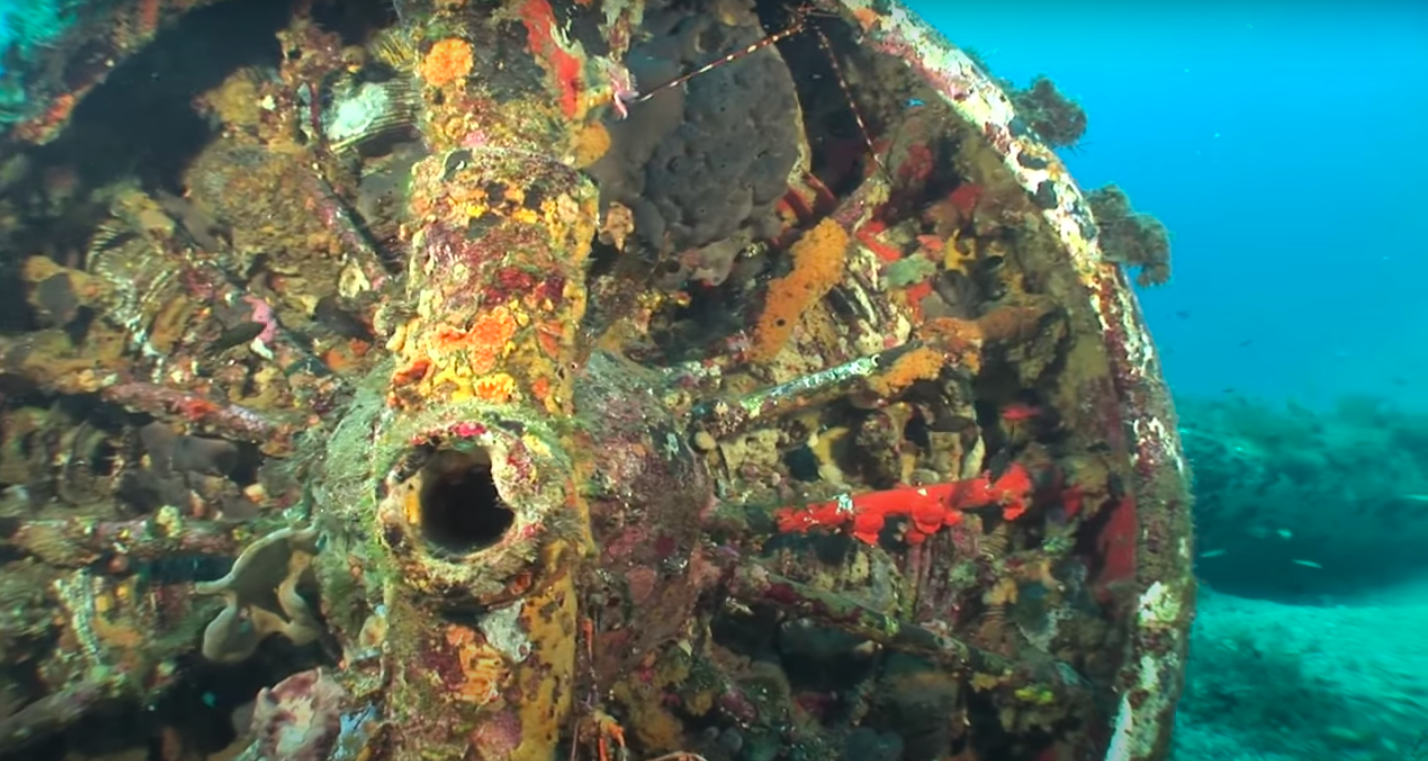
I moved towards the back and met a large block, now covered with algae and concretions. It could be part of the third engine. But I’m not sure.
I went back to the bow and noticed the access ladder to the fuselage. It is the only detail that made me glimpse the plane inside.
Time was passing quickly, I was taking pictures. The divers who went down with me were all going back up. Slowly the suspension began to descend. A moment of respite suddenly fell on the plane. In the calm I went in front of the propellers to look for some decent shots.
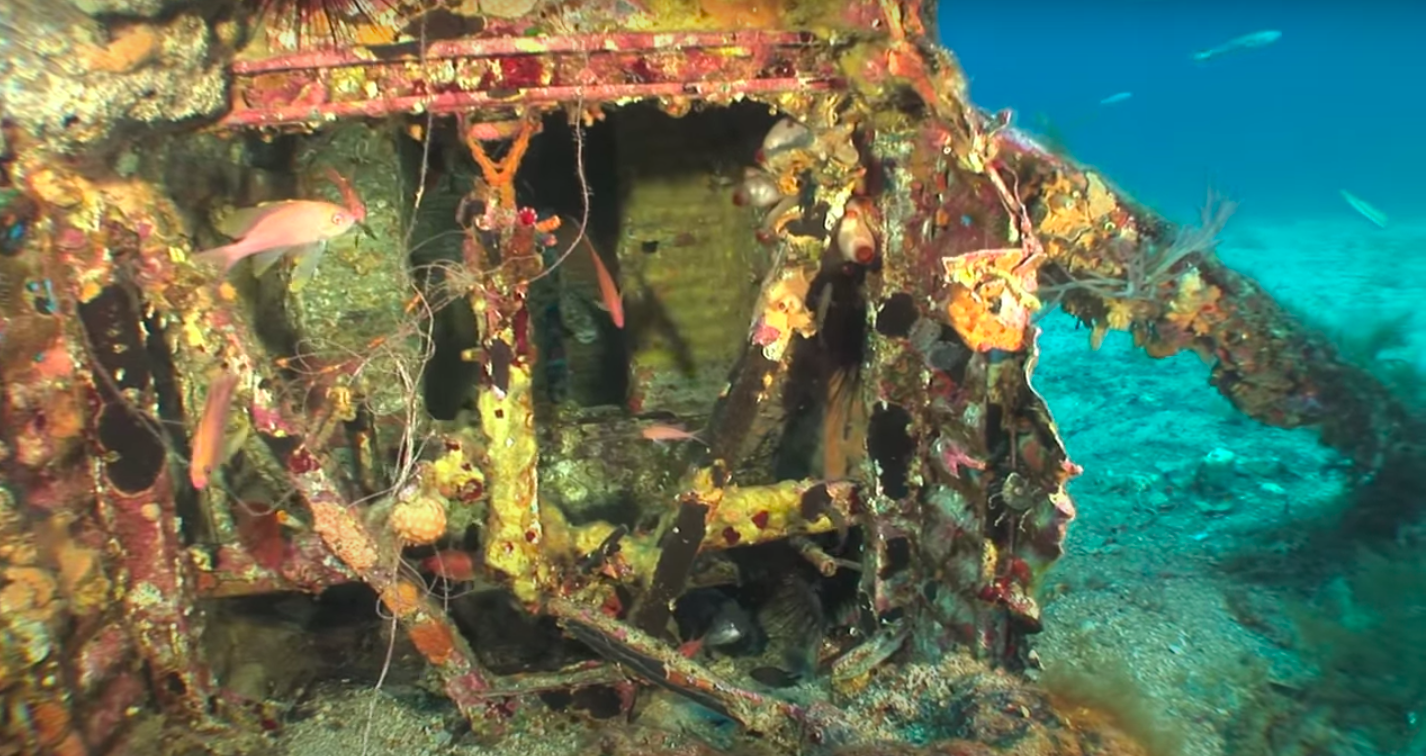
At that point, I noticed movement in the corner of my left eye. I whirled around and see a massive bluish head sticking out of the carcass with two curious eyes.
They had warned me of the presence of a large conger, but I did not imagine it to be so big. He seemed quite used to those pain in the ass of divers. He looked at me curiously and slowly began to come out of its lair. I tried to photograph it but my camera attracted it a lot. The tip approaching threatening, opened its mouth and forced me to retreat.
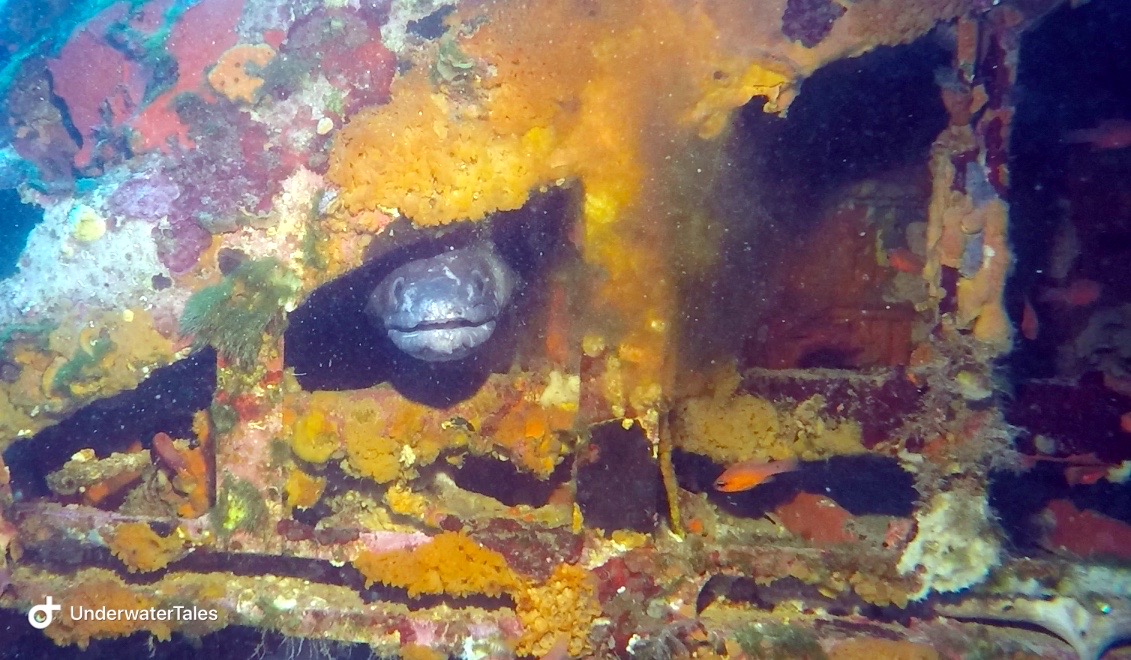
I was be able to photograph it the next day, during the repetition of the dive. On that occasion I also found a beautiful grouper resting under a wing. But, in the meantime, I had already talked to my friend Riccardo Cingillo. He is the custodian of many secrets, the ones I told you today. His documentary on Junker 52 of Isola delle Femmine is really interesting. You can see it here.
However, there are still many questions to which no one, at the moment, has been able to give me answers. Where did the Junker flock that flew over the bay of Sferracavallo in the summer of 1942. What kind of mission were they engaged in? Which flock were they part of? Who was the crew composed of? And then, what was in that briefcase that was rescued by the German aviators? Questions that for the moment will remain unanswered.


